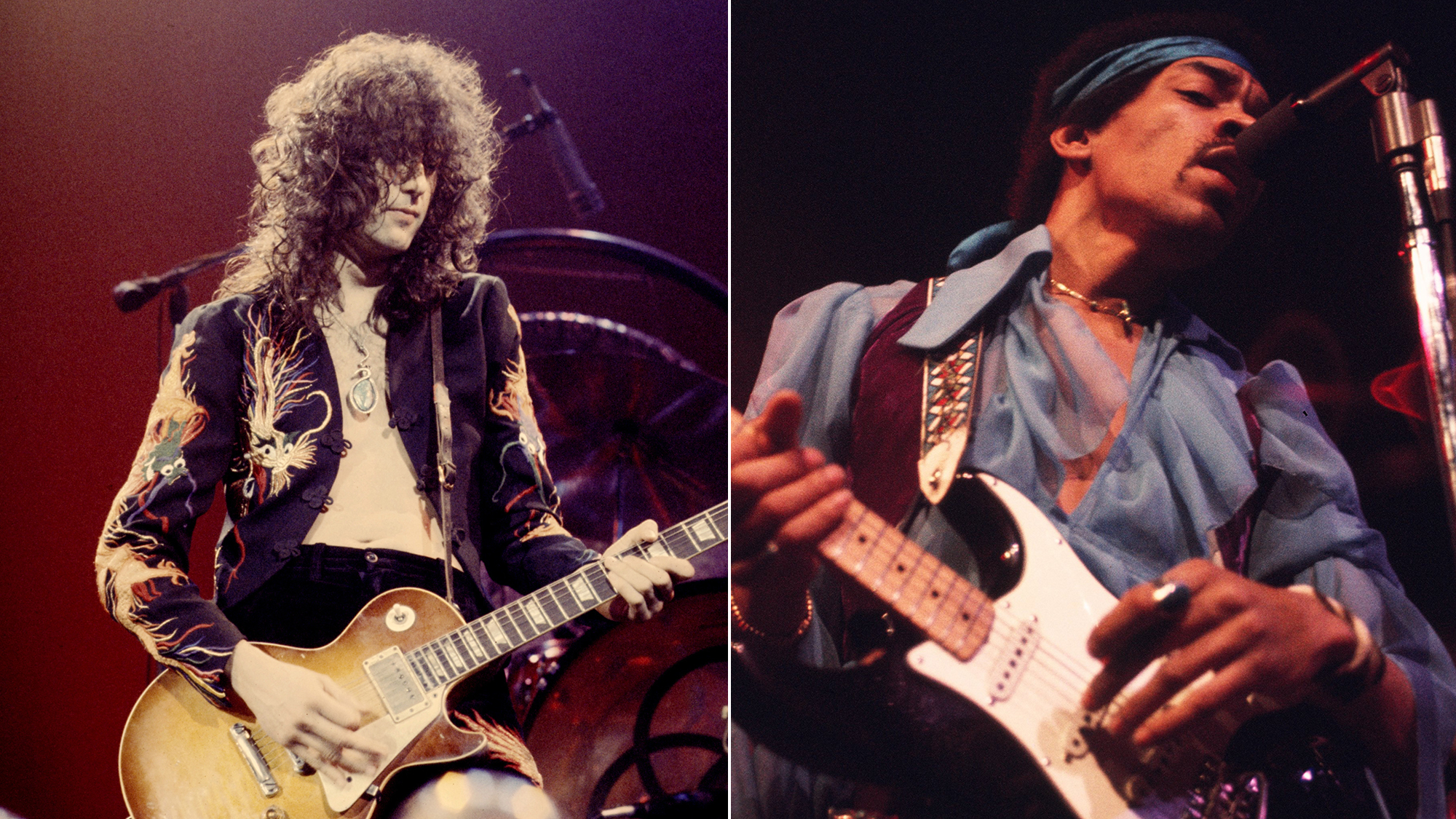“If you just want to see a YouTuber, then fine. But the people who know me, and have watched me for years, know I’m a little bit more than that”: Mary Spender on the tones, tunes and heartache behind her debut breakup album
Featuring a guest spot from Ariel Posen and some of the most gourmet tones you'll hear all year, Super.Sexy.Heartbreak. finds Spender processing a lifetime of broken hearts through fingerstyle guitar
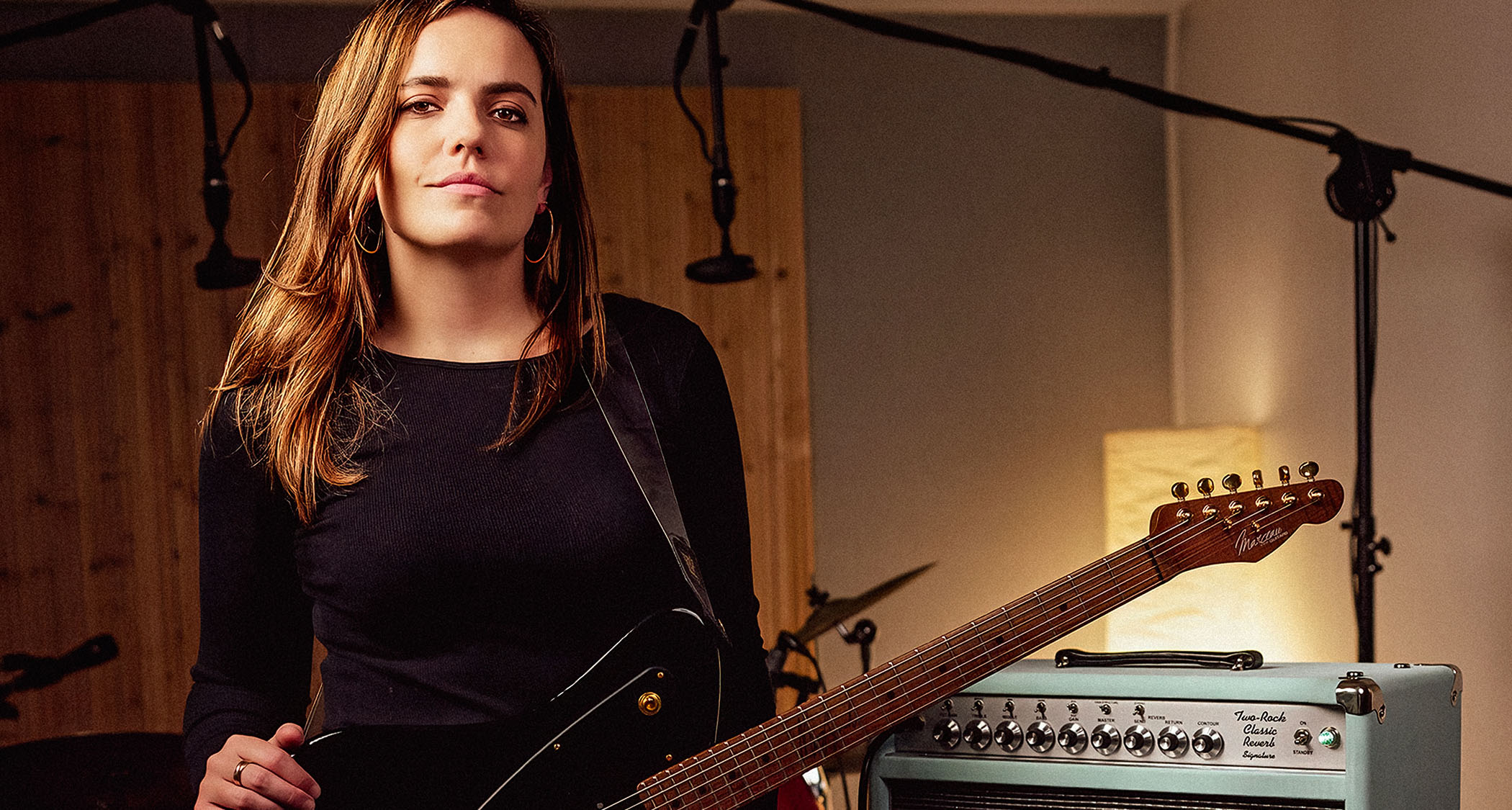
You wouldn’t wish the inspiration behind Mary Spender’s Super.Sexy.Heartbreak. on anyone. The British singer-songwriter and content creator has undoubtedly suffered for her art (these 11 tracks chronicle the status of her smashed heart across a lifetime of failed relationships).
But having caught the spark at producer Pau Romero’s BeatGarden studio in Barcelona, the result is one of the great modern break-up albums: a minutely observed journey of hurt and healing, with faint shades of Joni Mitchell, Mark Knopfler and Fleetwood Mac in its shimmering sounds and twisty fingerstyle.
Tell us a little more about the concept behind Super.Sexy.Heartbreak.
“I guess the title makes it clear that I’ve experienced some heartache in my time. Some of these songs I wrote when I was, like, 20 years old, so there’s a mixture of muses.
“It starts with You Can Have Chicago, which is that idea of someone ruining a city for you because their shadow or ghost is around every corner, in every pub, every bar, every restaurant, every park. Then it’s like an arc, venturing into self-hatred, then back to self-love, and by the end you’ve both moved on – as you should.”
The very first line on the album is,
‘You broke my heart’…
Get The Pick Newsletter
All the latest guitar news, interviews, lessons, reviews, deals and more, direct to your inbox!
“Yeah [smiles]. I can’t say that my lyrics are all that secretive or misleading – they’re pretty clear on this album. It does exactly what it says on the tin.”
How hard was it to lay yourself so bare on this record, lyrically?
“I don’t know how people sing songs that aren’t authentic to them. I think, for me, I’m just a massive oversharer. I want to hear about everyone’s deep, dark secrets within five minutes of knowing them, and I’m willing to do the same. To me, writing songs was my hobby as a kid, then it was my therapy. It’s cathartic.
“But there’s still a barrier. There’s still artistic expression, drama is heightened. I always joke that my love life is not as interesting as I make it sound… but then, it probably is because it’s all autobiographical.”
How does your writing process work?
“I don’t write when I’m really happy, and I don’t write when I’m really sad, either. I sort of write in that middle ground of uncertainty and insecurity. Because I start with the music, I start with my guitar in hand – mostly an acoustic. And if what I’m feeling matches what I’m playing, then it becomes a song.
“There’s such a range of emotions in the album. It gets quite heavy and then ends on a lighter mood. I wouldn’t say I’m a folkie; people might see you with an acoustic guitar and just jump to that genre. But fingerstyle, for me, is such a range of things – you can still be quite aggressive – and I think this album is showcasing what it can deliver.”
What sort of influences have gone into your songwriting and playing?
“John Mayer’s Battle Studies was one album that definitely hit me in my early 20s. I don’t know whether it’s a full-on break-up album, but it definitely sounds like it. With something like You Can Have Chicago, the reference there is just Mark Knopfler, especially the solos. I’m just sort of harking back to the people who are much better than me at fingerstyle guitar.”
Are there any particular guitar parts that stand out for you on this record?
“I guess my favourite guitar moment is not me! Ariel Posen’s slide playing on Drop, Drop, Slow Tears – I listen to that and I go, ‘My God, how amazing to have such a skilled player on my album.’ You know, talking of unique style and recognisable playing techniques, he is a thousand levels above me. Some of the most famous players in the world, he’s their favourite guitarist.”
What guitars did you take into the studio with you?
“I mostly used my Vigier GV Rock Hollow. Then I had this red S-type built by Marceau Guitars. I had the idea of doing Sultans Of Swing with a guy called Josh Turner, and I wanted to play a maple-neck red Strat based on Mark Knopfler’s, but couldn’t afford the real thing.
“So I was like, ‘Okay, well, let’s make a new version but relic’d.’ And that guitar, although it had been built-for-purpose for that one thing, it just kept coming out, especially for the Knopfler-esque solos in You Can Have Chicago.
“I used my Rory Gallagher Fender Custom Strat as well. Then I’ve got an Epiphone archtop from 1937 – I think it’s an Olympic – that’s on the intro to Getaway Sun. It’s not a very heavily acoustic album, but there was also my Martin OM-28. And sometimes we’d double the acoustics using Pau’s Martin, which is an Eric Clapton signature.”

What did you choose when it came to guitar amps and pedals?
“I used the Victory Duchess with the OX Box – I’ve gigged with that amp a lot and I still love it. There were two main pedals. The Chase Bliss Generation Loss is quite obvious at the end of Drop, Drop, Slow Tears.
“Then the Hologram Electronics Microcosm was used on the electric guitars and grand piano on I Blame Myself. Otherwise, most of my guitars are quite clean, or overdriven using the amp. Then Pau’s ‘washy’ guitars were him just messing around for hours with a pedalboard.”
You’ve already taken this material out on the road – how did it go?
“I love playing every night, and that being my job. And it was great to see faces, rather than just uploading a video and seeing numbers online. I mean, I never expected to be a studio-based musician making videos. Gigging was all I did for a really long time, but I knew I had to find the audience to be able to gig in the way that I wanted.
“But touring is a whole other beast. I learnt a lot of lessons along the way, and I’ve been quite honest on YouTube about how much it cost and how much I actually made. I have so much admiration for touring musicians. It’s so hard.
“People are like, ‘Well, you’re getting to do the thing you love.’ But it’s real work. Even just getting my stage chops back. It had been five years since I’d toured, although I’d played one-off shows here and there just to get back on the scene.”
You’re well known for the YouTube videos that you create on guitar culture – but is it important to you that people see you first and foremost as a songwriter?
“Well, at this point, I don’t think I really mind. In fact, I feel like I actually have an advantage. The people who care about me being a singer-songwriter see me in that way. And then, in the other lane, if they don’t like my songs, then they might still like my YouTube videos.
“So I just feel fortunate that I’m running two careers in parallel, but there’s significant crossover between them. So at this point, I’m like, ‘You’ll see whatever you want to see.’ If you just want to see a YouTuber, then fine. But the people who know me, and have watched me for years, know I’m a little bit more than that.”
- Super.Sexy.Heartbreak. is out now.
Henry Yates is a freelance journalist who has written about music for titles including The Guardian, Telegraph, NME, Classic Rock, Guitarist, Total Guitar and Metal Hammer. He is the author of Walter Trout's official biography, Rescued From Reality, a talking head on Times Radio and an interviewer who has spoken to Brian May, Jimmy Page, Ozzy Osbourne, Ronnie Wood, Dave Grohl and many more. As a guitarist with three decades' experience, he mostly plays a Fender Telecaster and Gibson Les Paul.
You must confirm your public display name before commenting
Please logout and then login again, you will then be prompted to enter your display name.
“It was tour, tour, tour. I had this moment where I was like, ‘What do I even want out of music?’”: Yvette Young’s fretboard wizardry was a wake-up call for modern guitar playing – but with her latest pivot, she’s making music to help emo kids go to sleep
“There are people who think it makes a big difference to the sound. Stevie always sounded the same whether it was rosewood or maple”: Jimmie Vaughan says your fretboard choice doesn’t matter – and SRV is his proof


![Dire Straits - Sultans of Swing [Cover by Mary Spender and Josh Turner] - YouTube](https://img.youtube.com/vi/PcVJrul4sOA/maxresdefault.jpg)

![Mary Spender - Taking Shape [Original Song - Live] - YouTube](https://img.youtube.com/vi/CycFfh3v1qk/maxresdefault.jpg)


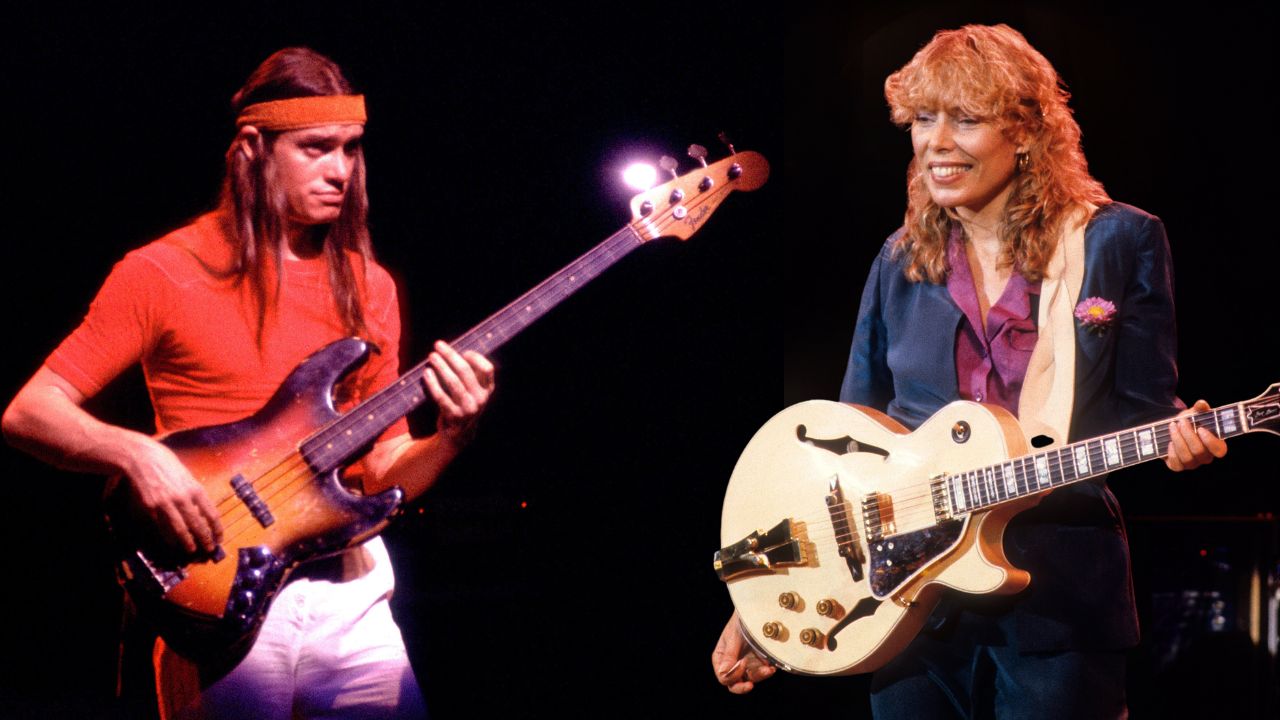


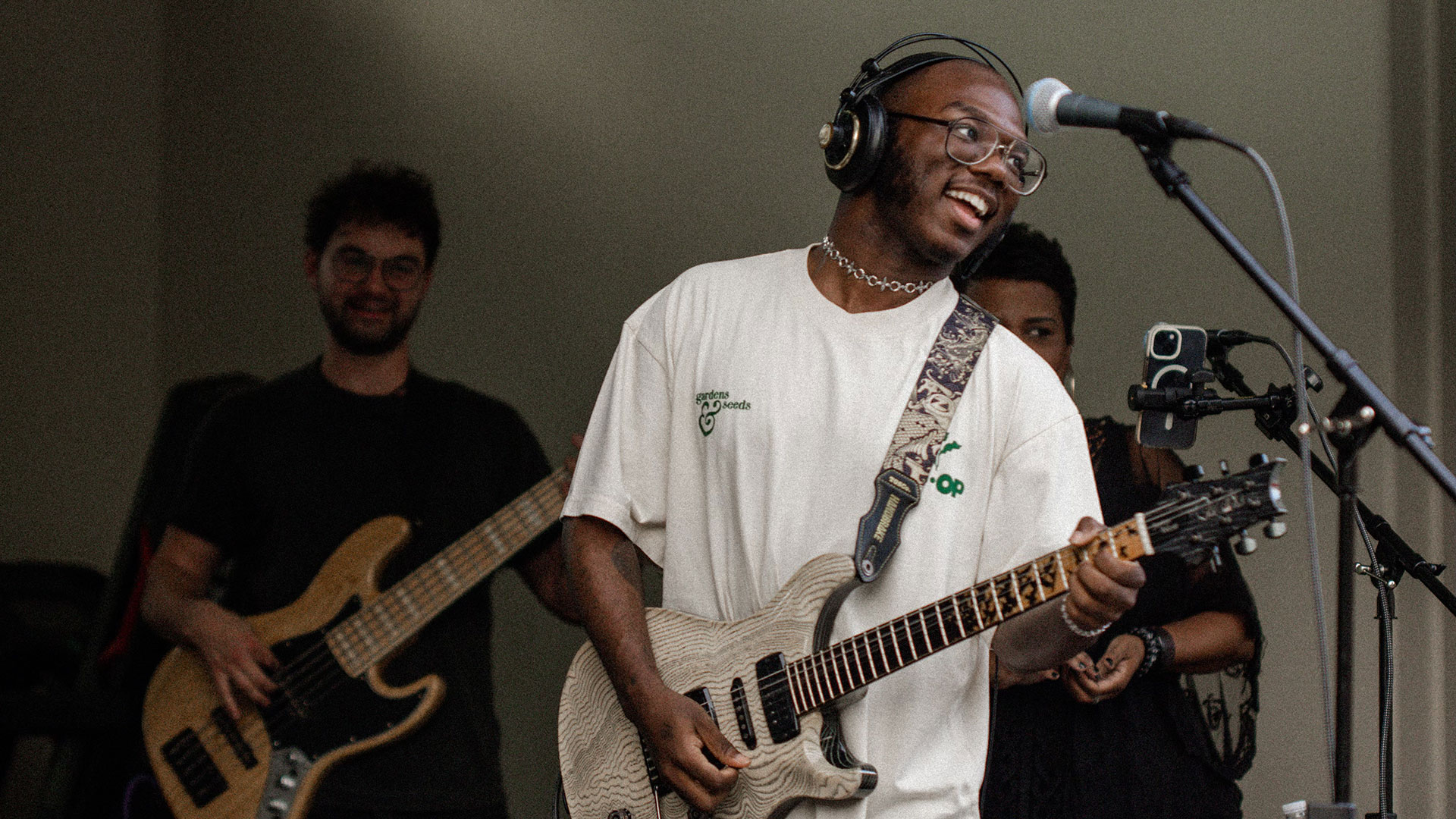
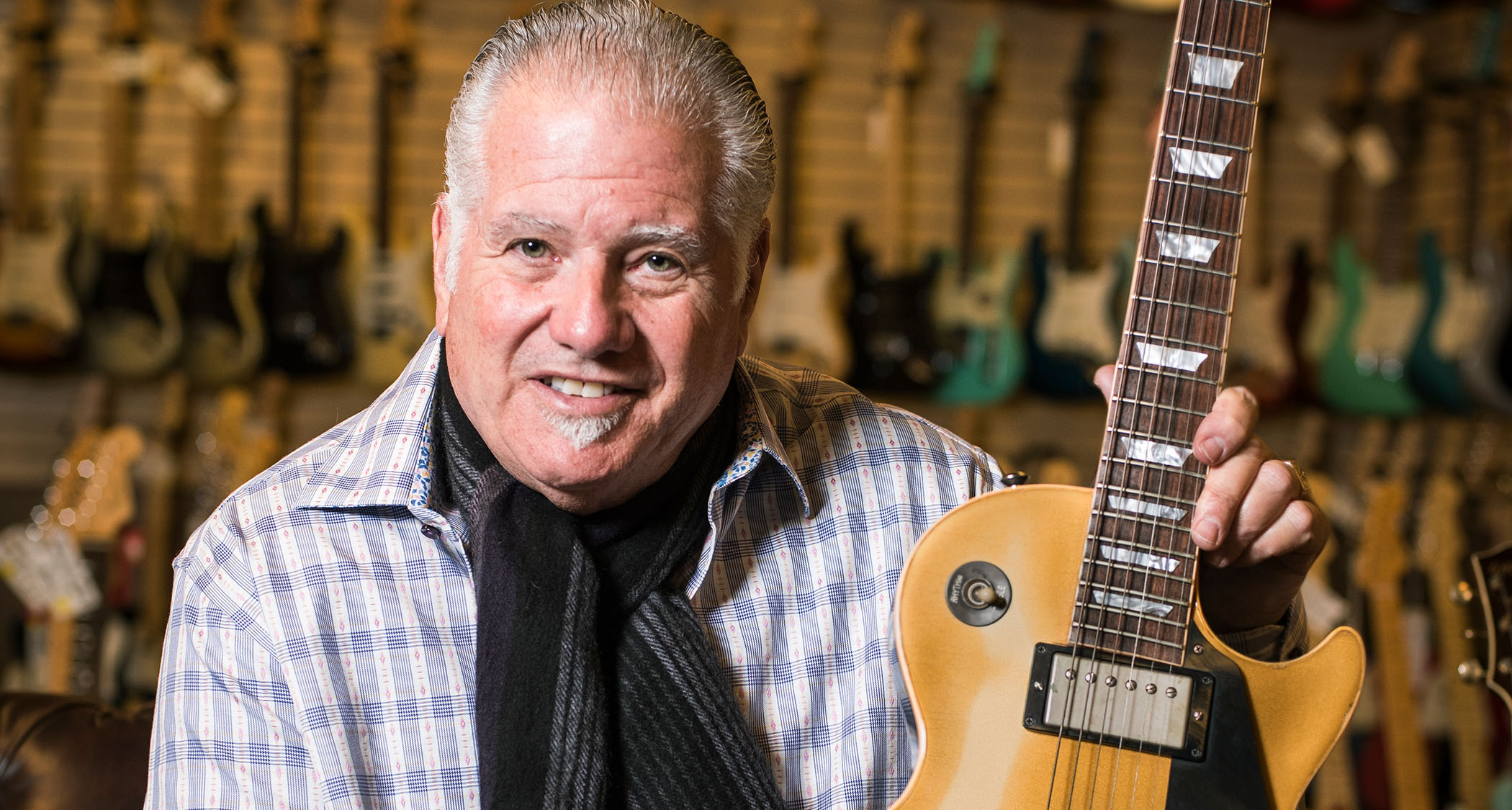

![John Mayer and Bob Weir [left] of Dead & Company photographed against a grey background. Mayer wears a blue overshirt and has his signature Silver Sky on his shoulder. Weir wears grey and a bolo tie.](https://cdn.mos.cms.futurecdn.net/C6niSAybzVCHoYcpJ8ZZgE.jpg)
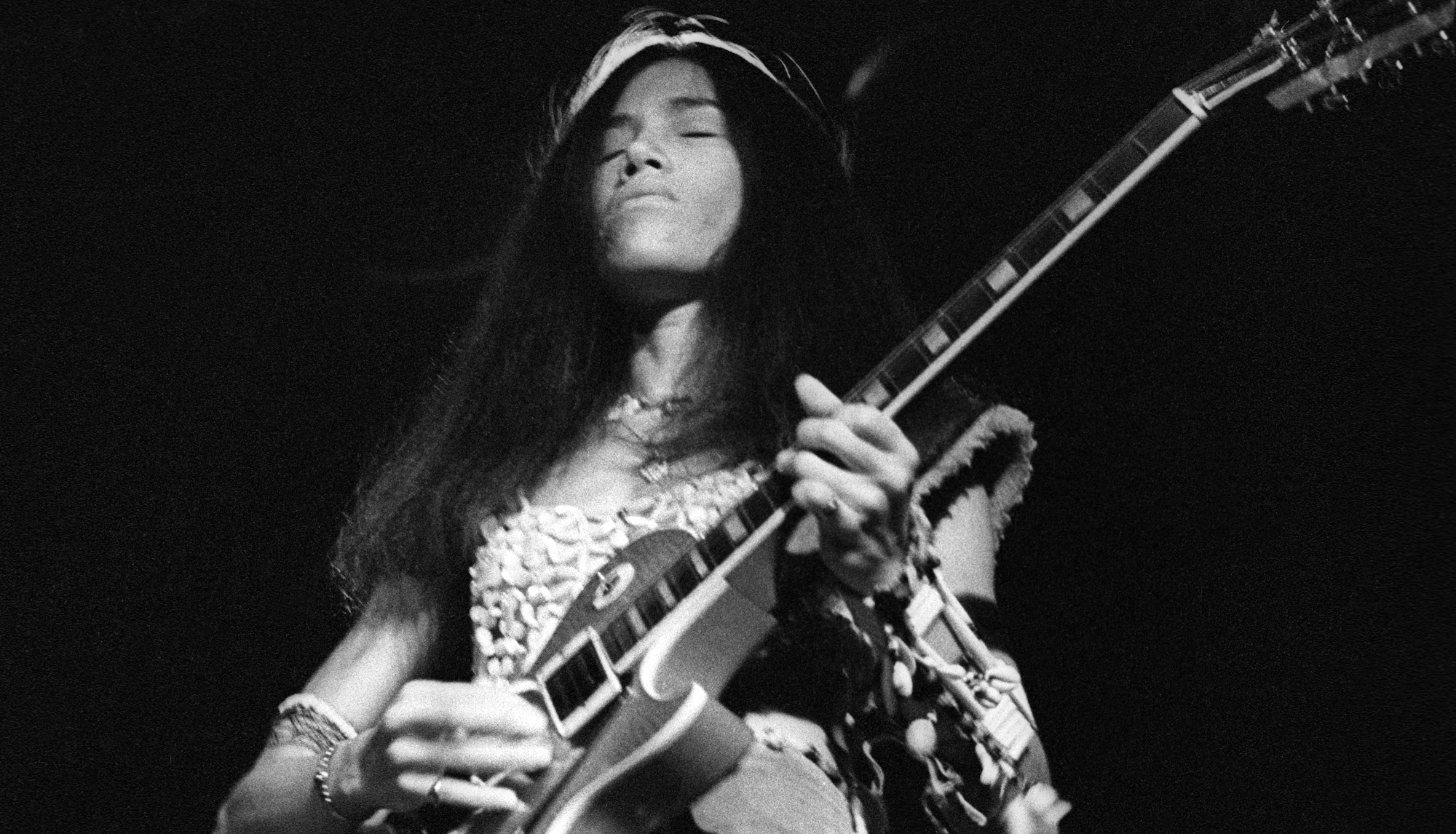
![A black-and-white action shot of Sergeant Thunderhoof perform live: [from left] Mark Sayer, Dan Flitcroft, Jim Camp and Josh Gallop](https://cdn.mos.cms.futurecdn.net/am3UhJbsxAE239XRRZ8zC8.jpg)
